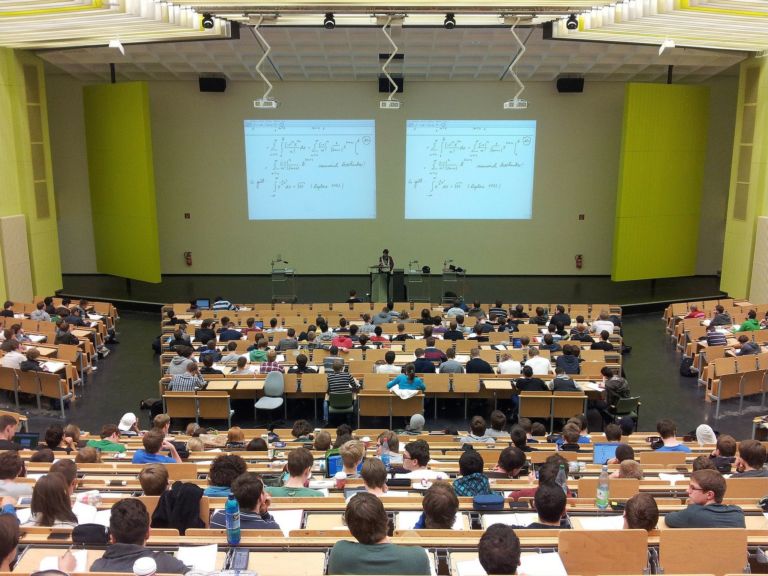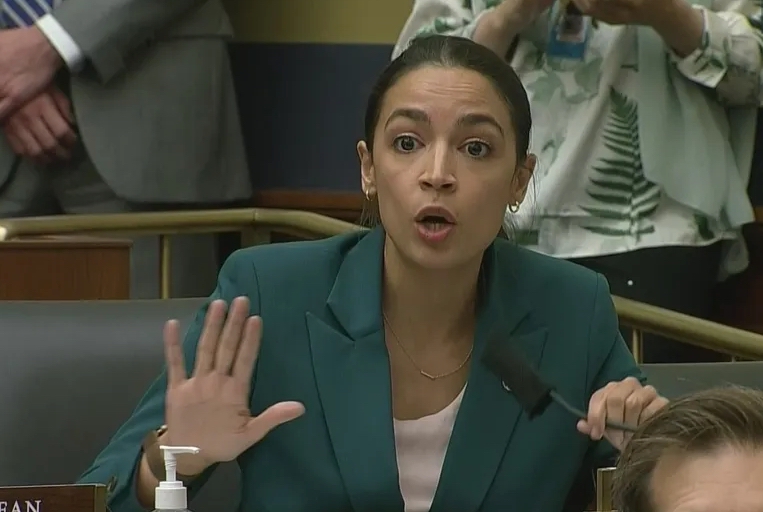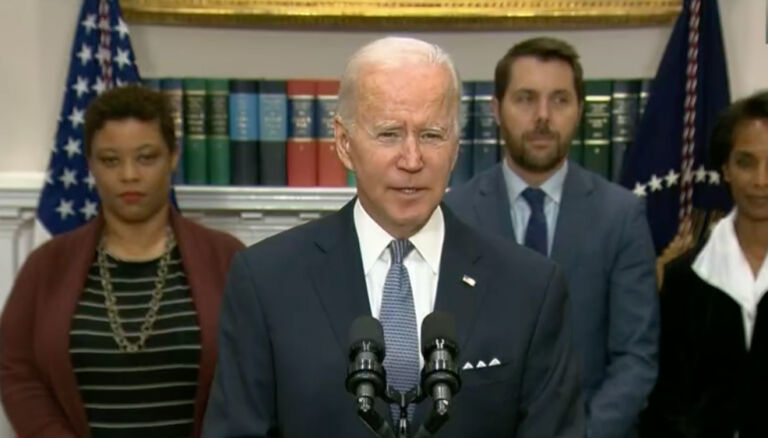Jamie Gass writes for Real Clear Policy about the continuing importance of civics education.
At its founding, American K-12 public education was meant to prepare young people to be active participants in our democratic republic. That should still be its highest purpose, especially when it comes to teaching civics.
Historically, public schools held fast to the principle that effective education must be non-partisan. Knowing they had great power to influence young minds, teachers used to be careful to choose content and pedagogies that restricted their ability to impose their personal political views on schoolchildren.
Today, maintaining non-partisanship is more important than ever in classrooms. Sadly, it’s increasingly dishonored. Civics has become a hot-button issue of late, particularly after remote learning allowed more parents to see what their children were actually being taught. Many were not happy with what they saw, and the debate over civics education is symptomatic of the larger divide that has become such a looming threat to American society.
A recent analysis of 15 leading high school civics programs published by Pioneer Institute and the National Association of Scholars (NAS) finds that too many of them push political dogmas masquerading as civics and history.
Take “action civics,” an approach defined as vocational training in political organizing. It allows students to get credit for working for politically progressive organizations during school hours. Anyone who has witnessed the decades-long decline in civics scores on the National Assessment of Educational Process knows that students need more – not less – classroom time devoted to basic civic knowledge, not lessons in politicking.
Instead of keeping teachers’ personal views out of the classroom, action civics facilitates the ability to impose their views by influencing the process by which students choose their “community partners.” Rather than supporting civil society, this counterfeit civics is designed to change the entire political system.


